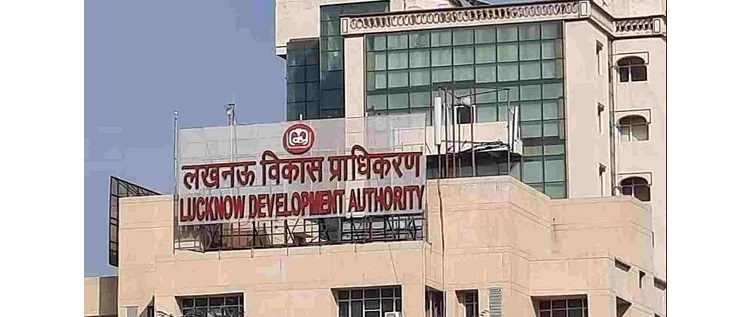E - PAPER
Flexible workspace cements its place as mainstream real estate asset class
2019 will see the flexible workspace sector evolve with new iterations that will continue to disrupt traditional views of what the sector is, and what it can offer building owners and occupiers on a corporate scale as it cements its place as a mainstream real estate asset class, here to stay. “Fl
 BY
admin
BY
admin
Published - Tuesday, 25 Jun, 2019

2019 will see the flexible workspace sector evolve with new iterations that will continue to disrupt traditional views of what the sector is, and what it can offer building owners and occupiers on a corporate scale as it cements its place as a mainstream real estate asset class, here to stay.
“Flexible workspace operators will blur the lines between workspace and amenities, creating value for building owners, lean toward premium workspace design, and continue to pioneer new products to benefit occupiers and, critically, their workforces”, says RiteshSachdev, Managing Director, South India and Occupier Services at Colliers International India.
As the shape of occupier demand continues to shift building owners must react and, as part of this, will have to decide whether to self-perform flexible workspace and amenity spaces, or; acquire, invest in or partner with an operator. This decision will hinge on whether a building owner wishes to switch from a transactional business to a service and hospitality business. Real estate will become more experience driven, and the arms-length, light-touch, transactional era is coming to an end. 2019 will be a pivotal year in this respect, where the user experience of the individual employee will drive commercial real estate decision making.
Some of the trends to watch out for in Bengaluru and NCR are as below:
Bengaluru:
In 2018, flexible workspace was the third biggest source of Grade A office space gross absorption in Bengaluru (Bangalore). Flexible workspace operators leased 2.3 million sqft of office space in 2018, registering a two-fold increase from 2017. Interestingly, whereas the CBD has seen significant leasing activity by flexible workspace operators for several years, in 2018 there was a noticeable increase in micromarkets such as the Secondary Business District (SBD) and Outer Ring Road (ORR). Together the SBD and ORR micromarkets accounted for around 60% of the total space leased by flexible workspace operators.
Delhi NCR:
Flexible workspace operators leased about 1 million sqft of office space during 2018, which accounted for 12% of the overall gross absorption. Gross absorption in 2018 was the highest for the last five years. In 2018, flexible workspace operators in Delhi-NCR preferred Gurgaon. Consequently, Gurgaon represented 64% of total new leasing by the flexible workspace sector, while Noida represented 30% and Delhi just 6%.
Over the next three years, we expect the flexible workspace market to grow rapidly with the rise in demand from large companies and start-ups alike. We expect occupiers from the information technology-business process management; banking, financial services and investments; and fast-moving consumer goods (FMCG) sectors to continue taking up space in flexible workspace centres due to the innovative, cost-effective and fully serviced attributes of alternative workspace solutions, thus increasing the overall demand for flexible workspace centres across the region.
RELATED STORY VIEW MORE
TOP STORY VIEW MORE

Mixed Outlook for Australia's Housing Sector In 2024
Mixed Outlook for Australia's Housing Sector In 2024
05 December, 2024NEWS LETTER
Subscribe for our news letter
E - PAPER
-

CURRENT MONTH 
LAST MONTH














